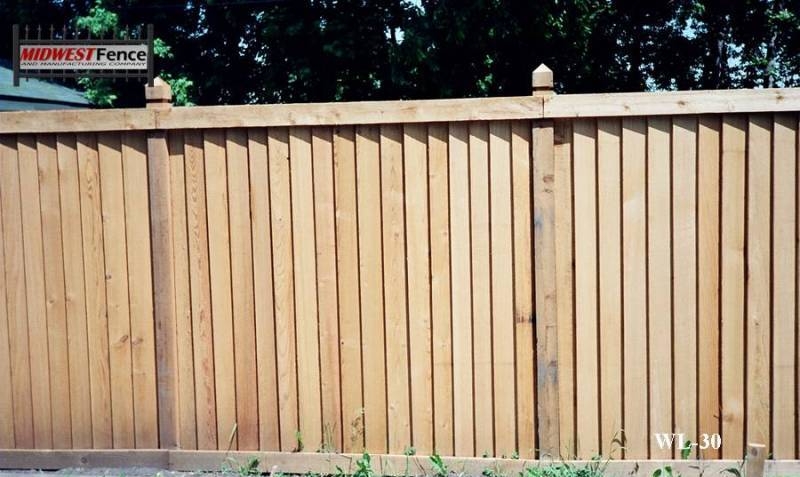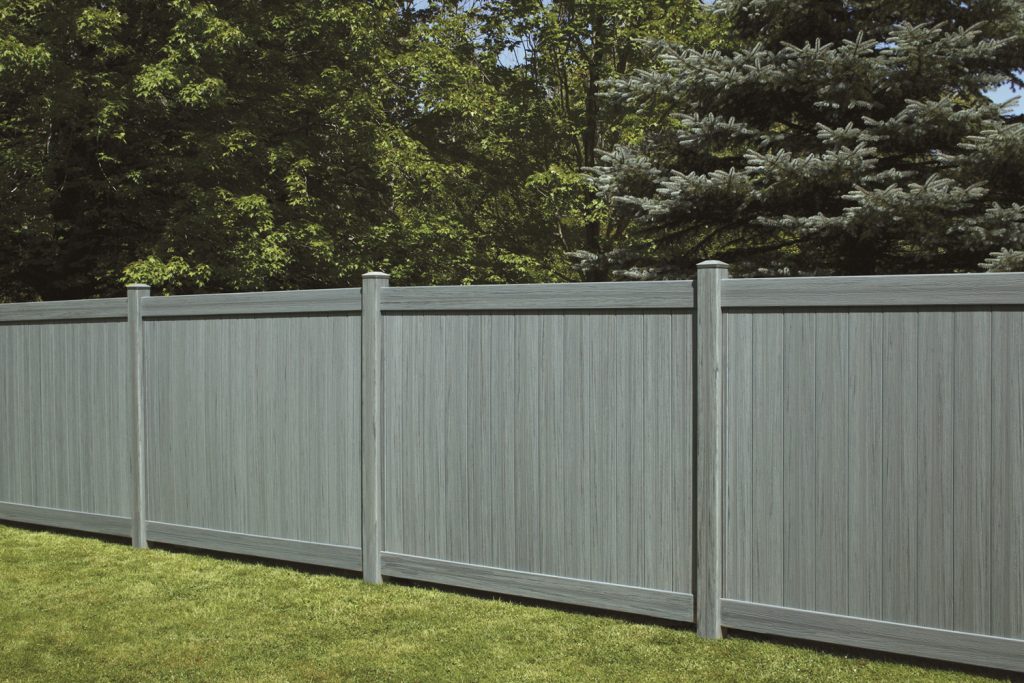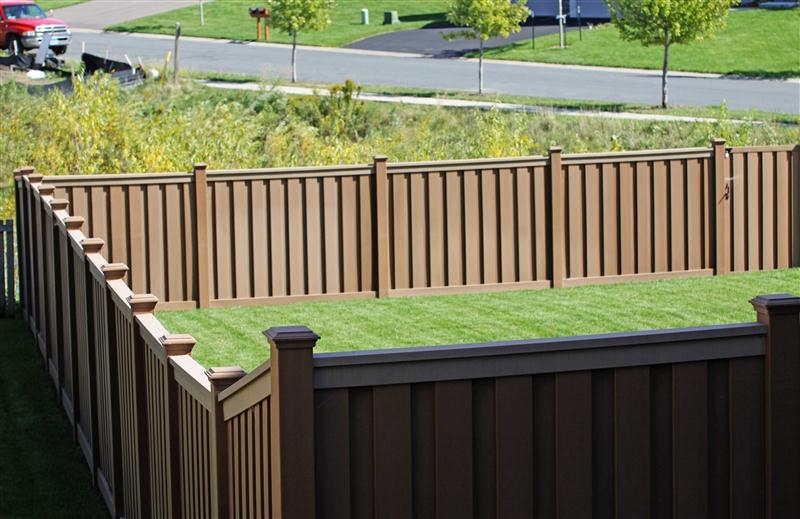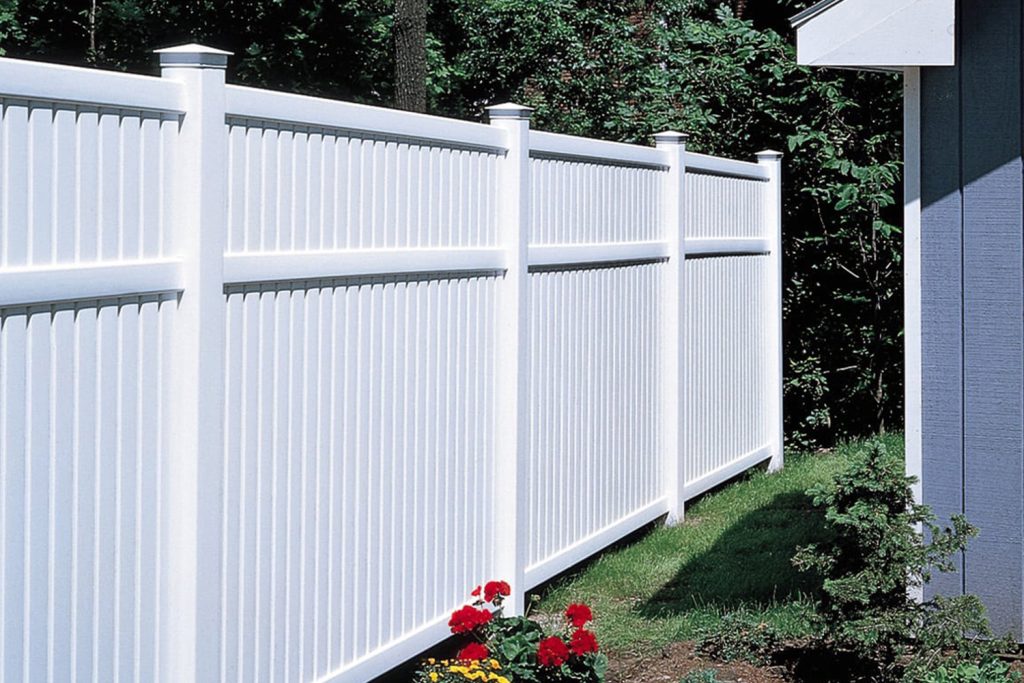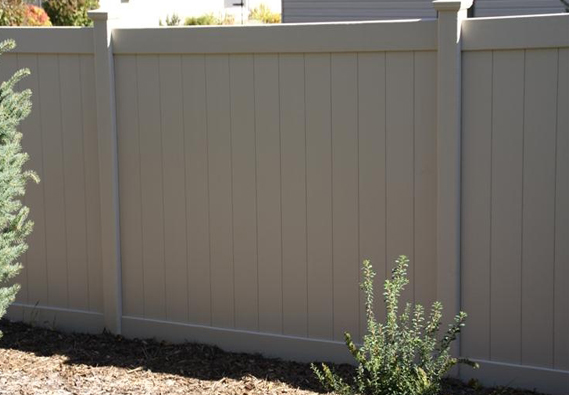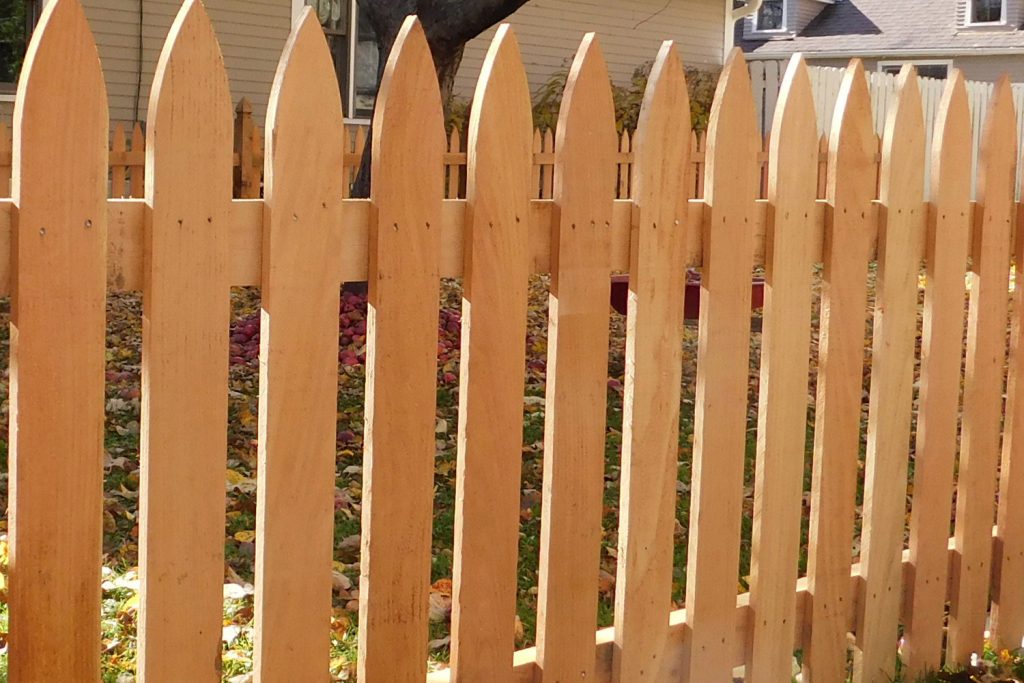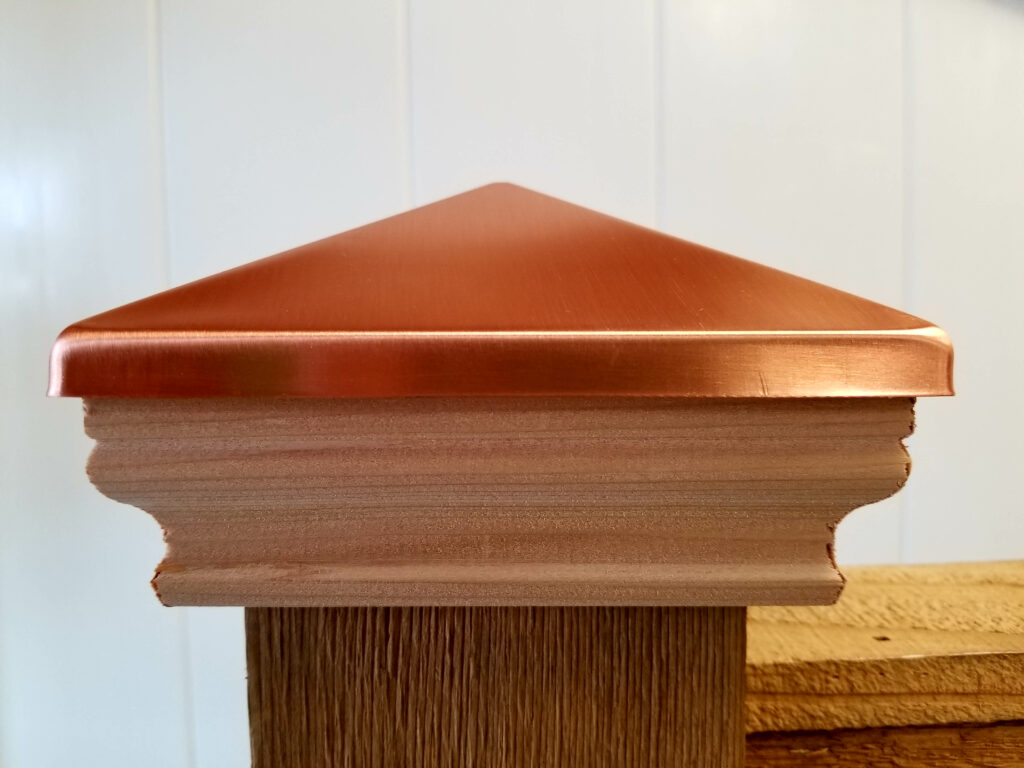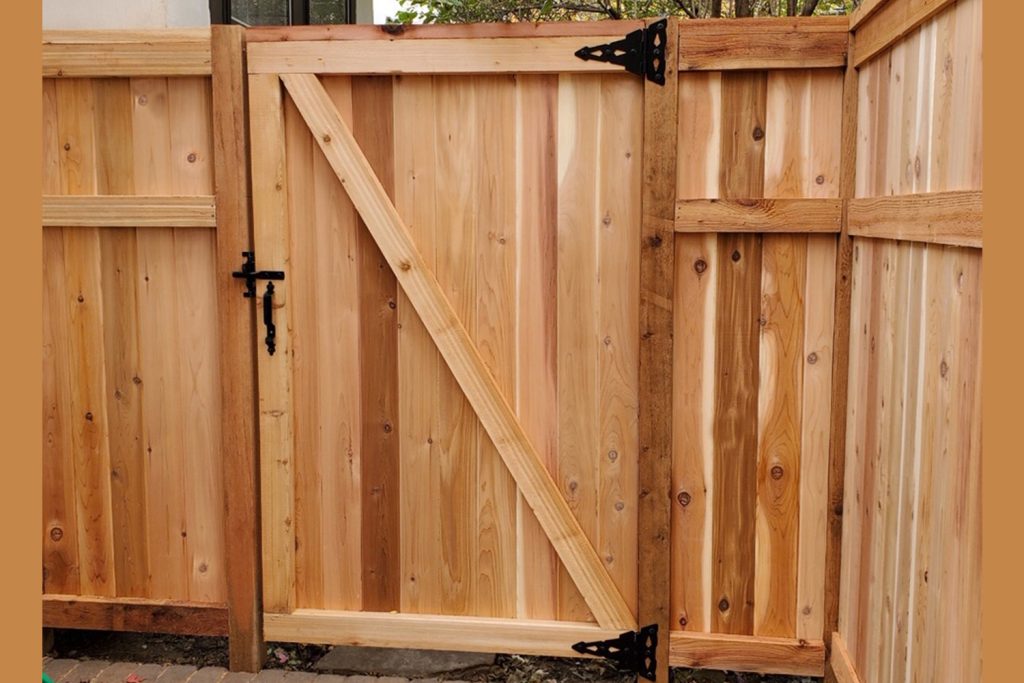Affordable Wood Fence Options: Pine and Beyond
Affordable Wood Fence Options: Pine and Beyond
One of the key decisions you’ll face when installing a fence is deciding on the type of wood to use. Different woods offer unique advantages, and understanding these options will help you create a beautiful and functional fence for your property.
The Affordability of Pine
Pine is the most commonly used wood in fencing due to its affordability. Typically, pine is pressure-treated to protect it from termites and other pests. This treatment often includes a water repellant to extend the wood’s life, making it a practical choice for many homeowners.
While pine remains one of the least expensive options, the treatments required to enhance its durability do add to the cost. Environmental concerns have also arisen regarding the energy and chemicals used in these treatments. However, the practicality of pine, being a fast-growing and farmable wood, keeps it as a popular choice for fences.
Spruce: Another Economical Choice
Spruce, a type of white pine, is another popular and affordable option. Spruce can also be pressure-treated but is often used in prefabricated fence panels and cross-sections paired with pressure-treated posts.
The Appeal of More Expensive Woods
While pine and spruce are favored for their affordability, other more expensive woods offer increased hardness and aesthetic appeal. Some of these include:
- White Oak: Known for its toughness and resilience against the elements, white oak is a favorite among horse owners since horses tend to chew on pine but can’t chew on white oak.
- Red Cypress: This aromatic wood grows in the swamplands of Virginia. It is appreciated for its consistent color, density, and hardness.
- South American Woods: These include Ipe, Tigerwood, and Brazilian Cherry. Known for their durability and beauty, these woods are so dense that pre-drilling is necessary before nailing. However, their high cost and environmental concerns due to harvesting in tropical regions make them less accessible for some.
Middle Ground Options
For those seeking a balance between affordability and quality, red cedar and redwood offer excellent alternatives. We will discuss these options in our next post.
Choosing the right wood for your fence involves weighing factors such as cost, durability, and environmental impact. Whether you opt for the economical pine and spruce or the more luxurious white oak, red cypress, or exotic South American woods, there’s an option to suit every need and budget. Start exploring today.


